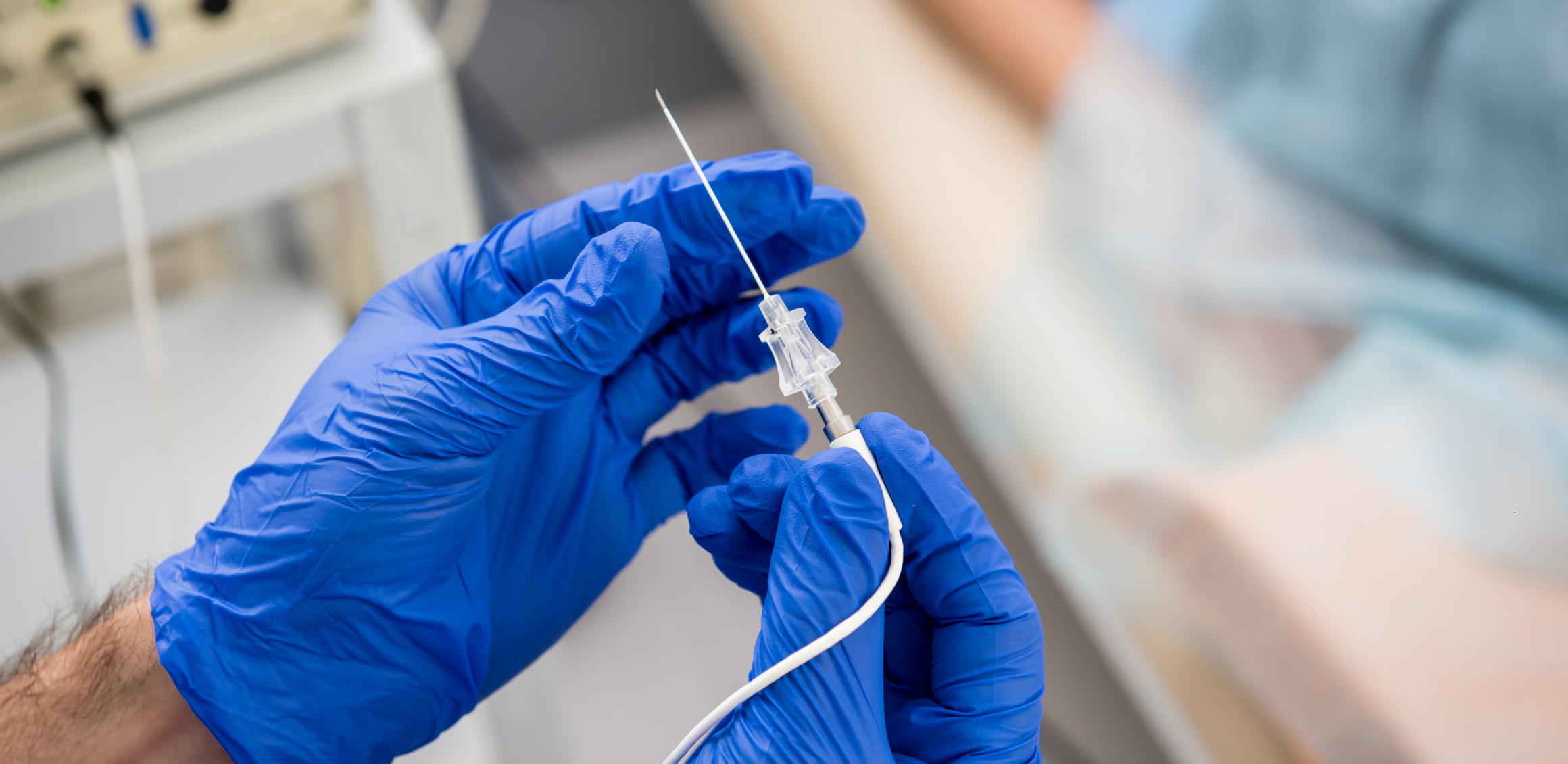- TAVI
- Tri-Klip
- Complex Coronary Interventions
- CTO Treatment (Chronic Total Occlusion)
- Balon Mitral Valvuloplasti
- Pulmonary Balloon Valvuloplasty
- Septal Ablation
- ASD (Atrial Septal Defect)
- Coronary Arteriovenous Fistula Closure
- Paravalvular Leak Closure
- Ablation Methods for Tachycardias
- Supraventricular Tachycardias
- Atrial Fibrillation
- Epikardial Ablation
- Stereotactic Radiosurgery
- Lead Extraction
- Device Implantations
- Pacemaker / ICD
- CRT / CRT-D Implantation
- Wireless Pacemakers
- Renal Denervation
- Non-Surgical Treatment of Aortic Aneurysms and Ballooning
- Cardioneural Modulation

Epicardial Ablation
Epicardial ablation is a procedure used in the treatment of cardiac arrhythmias. In this method, ablation is performed on the outer surface of the heart (epicardium).
Epicardial Ablation
Epicardial ablation is a procedure used in the treatment of cardiac arrhythmias. In this method, ablation is performed on the outer surface of the heart (epicardium). It is generally preferred when endocardial (inner surface of the heart) ablation is inadequate or challenging. Epicardial ablation is particularly used in the treatment of certain complex ventricular tachycardia types.
Steps of Epicardial Ablation
- Preparation and Anesthesia:
- The procedure is typically performed under general anesthesia or deep sedation.
- Catheter Placement:
- Access to the pericardial space is gained by making a small incision in the chest area. This space lies between the heart and the pericardium.
- Mapping:
- Special devices are used to map electrical activity. Abnormal electrical signals on the outer surface of the heart are identified.
- Ablation:
- Once the source of abnormal electrical signals is identified, these areas are destroyed using radiofrequency energy or cryoablation (freezing method).
- Verification:
- Successful completion of the procedure and elimination of abnormal rhythms are confirmed.
- Closure:
- After the procedure is completed, the incision is closed, and the patient is monitored.
Applications of Epicardial Ablation
Epicardial ablation is used particularly in the following conditions:
- Ventricular Tachycardia: Especially when endocardial ablation is inadequate or unsuccessful.
- Complex Arrhythmias: Some complex arrhythmias arise due to abnormal pathways on the outer surface of the heart and can be treated with epicardial ablation.
- Atrial Fibrillation: In rare cases, it may be used to treat abnormal signals near the outer surface of the heart.
Advantages and Risks
Advantages:
- More Effective Treatment: Can be more effective in cases where endocardial ablation fails to address the issue adequately.
- Detection of Abnormal Pathways: Better detection and treatment of abnormal electrical pathways on the outer surface of the heart.
Risks:
- Surgical Risks: Potential risks such as infection, bleeding, and other surgical complications due to chest incision.
- Heart and Pericardium Injury: Interventions on the outer surface of the heart carry some risks.
- Complications: Unexpected complications related to heart rhythm may arise.
Conclusion
Epicardial ablation is a significant method in the treatment of complex and challenging cardiac arrhythmias. This procedure can be particularly effective in treating conditions like ventricular tachycardia. The most suitable treatment method for each patient should be determined based on a detailed evaluation and recommendations from expert cardiologists. Epicardial ablation is typically preferred when other ablation methods are insufficient, requiring specialized expertise for its application.
